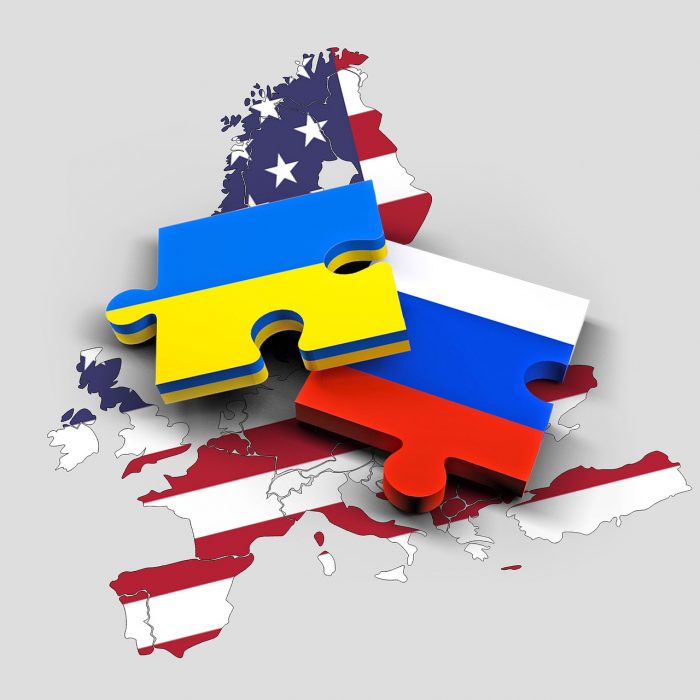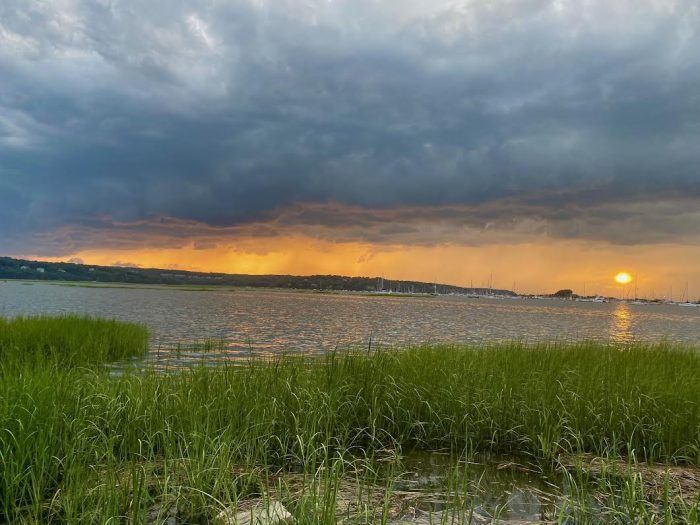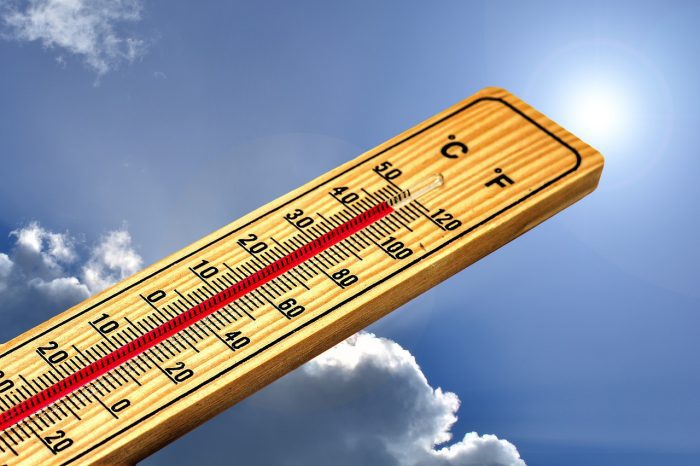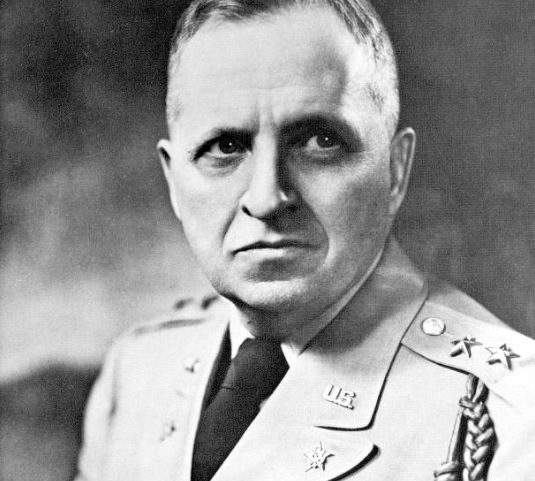By Daniel Dunaief

The outlook wasn’t brilliant for the Bronx Bombers that day
The score stood five to zero, with one inning more to play
Then when Higgy died at first, Bader raised up hopes with a double,
Judge was up next, which could have caused some trouble.
With four hits against a Rays team with spring in their gate
Yankee fans were ready for yet another cruel twist of fate.
They thought, “If only Stanton could but get a whack at that-
We’d put up even money now, with Stanton at the bat.”
But Judge flew out to left and the game was almost done
some fans took to the exits, with few having much fun
So upon that stricken multitude a grim melancholy sat,
for there seemed but little chance of Stanton getting to the bat.
But Torres drove a double, to the wonderment of all
and Rizzo singled, creating a lift upon the pall.
And when the dust had lifted, and men saw what occurred,
there was Rizzo at first, with Torres standing on third.
DJ came up next and tapped a ball towards third base
he raced to first with a determined look upon his face.
The throw from Paredes was low, allowing Torres to score.
With Rizzo at third and DJ at second, the team wanted more.
Then from the few thousand throats and more there rose a lusty yell:
it rumbled through the city, it rattled in the dell.
It pounded on the bleachers and recoiled upon the flat,
for Stanton, mighty Stanton, was advancing to the bat.
There was grit in Stanton’s manner as he stepped into his place;
there was pride in his huge bearing without a smile on his fierce face.
And when, responding to cheers, he ignored all the sound.
no stranger in the crowd could doubt ’twas Stanton who would pound.
Ten thousand eyes were on him as he twitched in the batter’s box;
five thousand tongues applauded when he rattled in his socks.
Then when the new pitcher, whose name we won’t repeat
reared back for a pitch, he planted his foot, he dug in his cleat.
And now the leather covered sphere came hurtling through the air,
and that opener was a ball, which created a chance for prayer.
The next one was low, and Stanton took a hack
The only thing moving was that behemoth’s huge back.
The next one came in high and Stanton offered at the pitch
and yet again, he missed, causing angsty fans to twitch.
With but one more to go, the mighty Stanton stood ready
would he change the script, bringing dreams of confetti?
The pitch came down the middle, in Stanton’s favorite spot
he had his chance to tie this ugly game into a knot.
The pitch was 98 and as it bore down on the plate
Mighty Stanton took a swing, that would seal his team’s fate.
For on this night in the Bronx, as a wind blew threw the stands
Fans would not be cheering or clapping their defeated hands.
No, in a season filled with losses and offensive woes galore
the beloved home team would leave them wanting more.
And so, as the days blur one into another
die hards are left with a chance to mutter.
“Our team isn’t good, they don’t score to meet their needs
they turned a glorious Cole season into a footnote in the weeds.”
One day the Bombers will be back and get those needed hits
they will crush balls to corners; they will give pitchers fits.
But for now, my friends, as the team goes gently into good nights
we can picture better games from future boys in future fights.



















